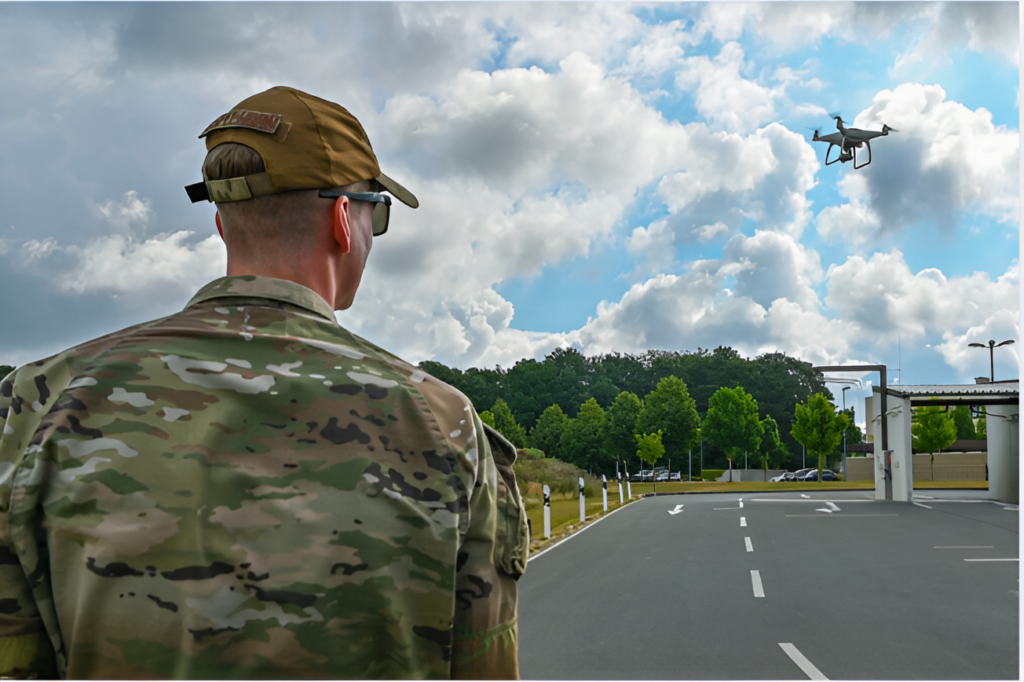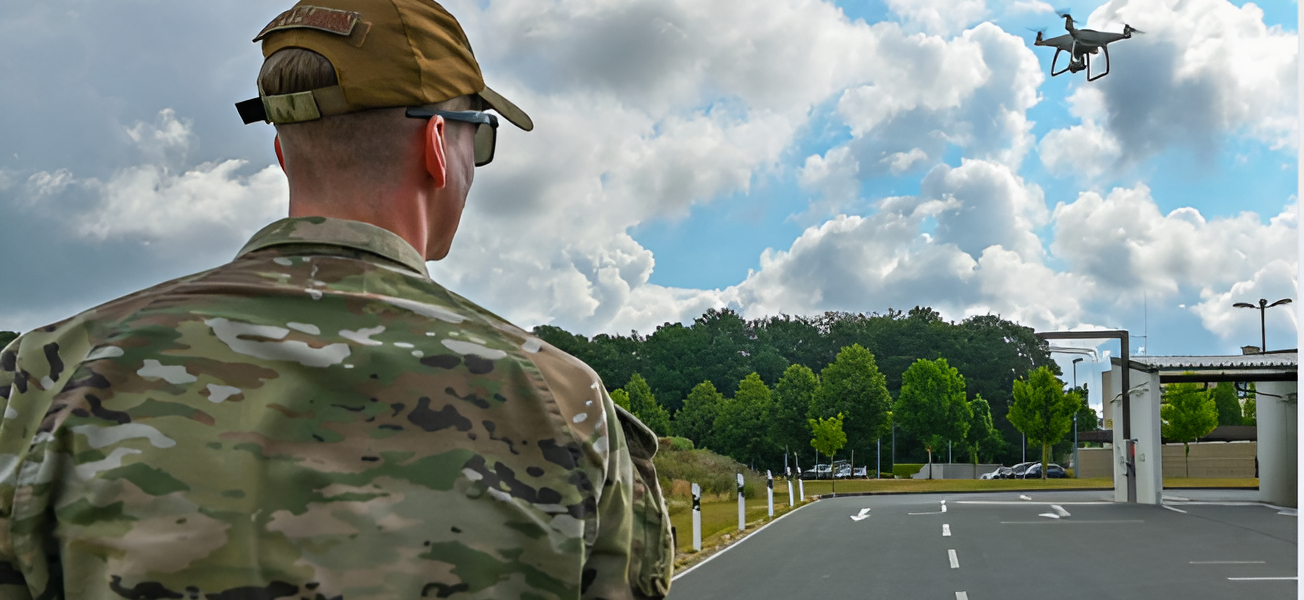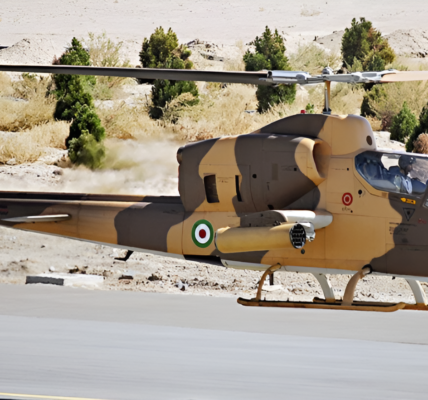
The U.S. military of 1945, which stormed Europe and ultimately defeated Nazi forces, was unrecognizable from the military of just five years earlier. Revolutionary technologies across land, air, sea, and the electromagnetic spectrum brought transformative change, enabling joint amphibious operations, strategic bombing campaigns, remote-controlled weapon systems, and integrated ground-air collaboration. This synergy of innovation, mass industrial mobilization, and adaptation reshaped the battlefield and secured victory.
History shows that military transformations often require rethinking old strategies and methods to integrate emerging technologies. Today, uncrewed systems — rapidly evolving in capability, versatility, and numbers — represent the latest disruptive force. These systems, whether remotely operated, semi-autonomous, or fully autonomous, have proven their value on land, in the air, and at sea. However, their full potential lies not in isolation but in their integration with other technological advancements.
The New Information Battlespace
Uncrewed systems are reshaping warfare by democratizing information. Traditionally, battlefield data was limited, controlled by select high-demand sensors, and disseminated through hierarchical channels. Now, with the proliferation of sensors and meshed civilian-military networks, information is abundant and accessible at all levels of the battlespace. This shift transforms command structures, enabling faster decision-making, real-time tactical adjustments, and more effective training.
These changes do not occur in a vacuum. The disruptive power of uncrewed systems is amplified when combined with digitized command-and-control systems and advanced sensor networks. Together, these elements create a framework that fundamentally alters how wars are fought. Western militaries, which prioritize minimizing human risk, stand to benefit significantly from this integration, enabling them to address longstanding challenges of cost and vulnerability.
Shifting the Cost Equation
Western militaries have long invested in costly, highly advanced weapons and systems to protect their forces. Adversaries, however, have countered by developing cheaper technologies capable of targeting these high-value assets, creating a costly imbalance for the West. Uncrewed systems flip this equation.
Low-cost, attritable uncrewed platforms force adversaries into difficult decisions: expend expensive resources to counter inexpensive threats or endure the consequences of the attack. This asymmetric cost dynamic makes uncrewed systems particularly effective in offensive operations, as seen in conflicts like Ukraine and Israel. However, it also creates a pressing need for cost-effective defenses against such systems.
In Ukraine, both sides have rapidly adopted uncrewed systems, while countermeasures have lagged. Western militaries must address this gap by developing decentralized, scalable counter-autonomy systems. Lessons from Ukraine and Israel highlight the importance of electronic warfare and other innovative approaches to neutralize uncrewed threats.
The Transformative Trinity
While uncrewed systems are a game-changer, their true potential emerges only when integrated with two other transformative elements: digitized command-and-control systems and meshed civil-military sensor networks. This “transformative trinity” enables new approaches to warfare, combining real-time information-sharing, precision targeting, and rapid decision-making.
In Ukraine, this integration is already evident. Digital command platforms like the Delta system, developed with NATO, provide real-time mapping and situational awareness. These systems allow anyone with access to upload enemy positions, creating a comprehensive, dynamic picture of the battlefield. Coupled with uncrewed systems, this capability drastically reduces the time between detection and destruction.
Decentralized Decision-Making
The trinity also enables a more decentralized approach to command. Leaders at the tactical edge, armed with localized knowledge and real-time digital information, can make rapid, lethal decisions within the broader strategic framework. This division of labor between operational and tactical leaders enhances flexibility and responsiveness, a critical advantage in modern conflicts.
For example, Ukrainian forces have used uncrewed systems not only for reconnaissance but also as attack platforms, dropping munitions or conducting kamikaze strikes. These capabilities, supported by meshed sensor networks, ensure persistent battlefield awareness and swift action.
Preparing for the Future
The ongoing conflict in Ukraine offers a glimpse into the future of warfare. The combination of uncrewed systems, digitized command-and-control platforms, and integrated sensor networks is already transforming combat dynamics. Western militaries must fully embrace this evolution, investing in the technologies and training necessary to harness the transformative power of the trinity.
As militaries adapt to this new reality, they must also reconsider traditional roles and structures, fostering a culture of innovation and collaboration. By doing so, they can ensure that uncrewed systems and their supporting technologies not only disrupt but transform the way wars are fought — and won.


